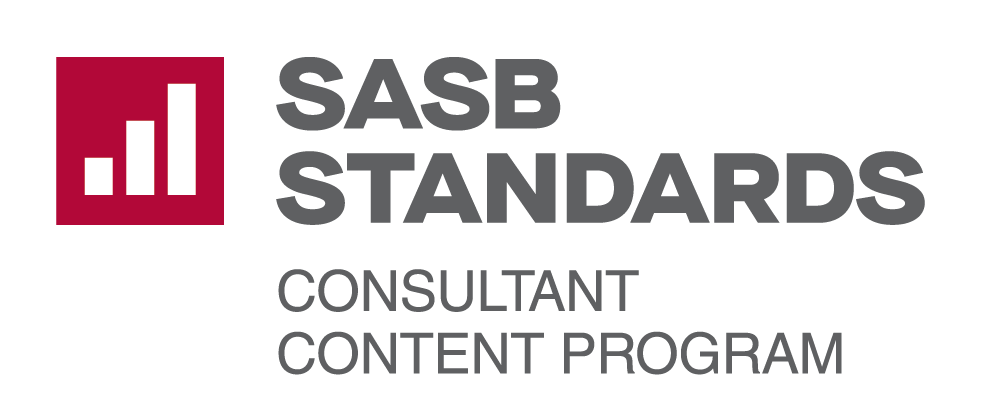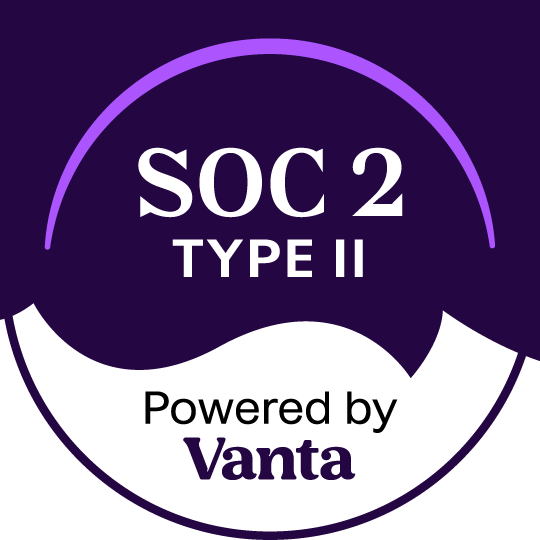As a strategic advisor, Tom Bowman contributed to the Action for Climate Empowerment framework for the United States – an initiative by educators, activists, policymakers, and communication professionals to advance the goals of the Paris Climate Accords. Bowman is also the author of the book “Empowering Climate Action in the United States.” Read below to learn more about Bowmans work to fight climate change and so much more.
AL: To start off, can you tell me a little about yourself and what you do?
TB: I am a communication practitioner and a business owner/entrepreneur. I’ve been called a social entrepreneur because I have shifted my work focus from commerce to climate. For 25 year, I owned an exhibit design and project management firm that I founded. After that, I started a consultancy because the design industry was limiting me from working on projects I was interested in. I wanted to do strategic advising, so I founded the consultancy, Bowman Change, Inc. After about 5 years of wearing too many hats, I decided to sell my exhibit design firm and focus on climate change, communication, and public engagement projects.
AL: Can you tell me a little about your new book “Empowering Climate Action in the United States”?
TB: “Empowering Climate Action in the United States”, or ACE, is the result of a project that started years ago but really came into fruition in 2020. The idea behind it was to gather a really diverse group of people who work on climate empowerment activities of different kinds, including education to workforce trainers, climate justice professionals, community activists, communication professionals like myself, and scientists.
We came together to discuss the Action for Climate Empowerment, a component of the Paris Climate Agreement, which says that countries should come up with national strategies to empower their publics, as well as governance at all levels.
From the local level to the national level, we want to inspire people to become engaged actors in creating and implementing solutions to the climate crisis. The group of people who were putting the strategic plan in place for the United States decided to look at this specifically through a justice lens. Because if you don’t, the people on the frontlines tend to not get a say in the sustainability conversation. Through this process, I saw that there is so much capacity to do good work, so much knowledge, expertise, and wisdom that goes unseen because it’s highly localized and there aren’t really any channels for them to share their work and there isn’t enough financial support to expand on it.
The idea was to take this diverse group of people and use their experiences to provide suggestions to the US government. This way the plan would be made by the people on the ground, closest to the worst effects of climate change.
AL: Can you talk more about some of the dialogues you were a part of while creating ACE?
TB: We did our best to assemble a demographically, professionally, and geographically diverse group of people for the conversations. Within these dialogues, we did a backcasting exercise. We would ask “Where would you like action?”, then ask participants to say where they should be in terms of that action in 40 years, then 30, then 20, and so on until they had an idea for what actions were needed right now.
Coming from the world of business, I had always heard how much the frontline communities are struggling to combat climate change. But until you hear stories from those who are experiencing the struggles first-hand, it’s hard to understand just how bad it is in the frontline communities. That was really eye opening for me; all you want to do is help these communities and then you kind of realize that there’s no way a top-down approach will have enough impact in the places that really need it.
For climate change to be effective, and I mean as effective as possible, we have to take a bottom up approach to help those who really need it first.
AL: What were some of the recommendations that came from ACE?
TB: The book reports on guiding principles, but also gives specific recommendations organized across the six ACE elements for climate empowerment.
The elements are: Education, Workforce Development/Training, Public Awareness, Public Access to Information, Public Participation, and International Cooperation.
One example of a more specific outline would be within education. We find that education works best when it’s about either science, the economy, or engineering. Further, we defined this education as “education with action.”
Simply learning about how the carbon cycle works is important, but does not give the public the tools they need to implement their own sustainable practices.
One idea that is brought up in ACE is for each school to have a climate education specialist. This individual would implement green practices within the school and teach students how they can take green plans home with them.
The project is supposed to not only give the United States a cohesive climate plan, but also as a way for people fighting climate change to have their voices heard, so we made sure that a variety of recommendations were included.
AL: What is the application, or expected application of ACE beyond the recommendations? Are there any further conversations about how to work this into policy?
TB: The short answer is yes. A lot of it is still under revision, but we have already seen an impact. The United States now has a designated two person national focus point for ACE; the Paris Climate Accords require all member countries to have at least one designated person. In the past, the United States has only had one individual in this position, but after ACE was published, they expanded the team so we have both a domestic and international representative, which we have never done before. So, it’s a step in the right direction, but there is still work to be done.
Now, legislative action is being taken to adopt more of the recommendations set forth in ACE.
For example, there is a new proposal to increase the funding of sustainability education, one of the six elements put forward. So as of now there are a lot of irons in the fire, trying to implement more of these recommendations. A lot of the individuals involved in the ACE dialogues are now working on this legislation, so hopefully we will see progress soon.
AL: If I am a business owner reading this right now, where would I start? I want to participate but what should I do? How would you recommend starting?
TB: Local businesses often are not large enough to dedicate one person to climate related work. Some do, but it depends on how mature your company is, the nature of its work, and so forth.
So, on the one hand you can and should find ways to lower your carbon output. I would recommend starting with what you can control, so operations instead of goods and services.
Operations is something that every business owner and management team controls, while goods and services rely on the consumer. So, that has to come into play later, first just focus on what you can control.
So within operations what should you do? Number one, you want to reduce the amount of energy you use, because energy equals carbon emissions, unless of course you use all green energy. But, this can be really difficult, you are looking at the amount of fuel your vehicles use and the amount of natural gas it takes to power your office and then trying to lower those numbers.
It has to be your mission to reduce these things, even if it may seem impossible. Secondly, you should look at employee commute, looking for ways to decrease your scope 3 emissions.
The companies I have seen have the most success with this do three things; they set impossible goals for themselves, set an aggressive timeline, and then share their goals with their company and the public. You would be surprised how often people reach a goal they deemed “impossible.” I can personally vouch for this strategy.
When I first came up with my sustainability goals for my exhibit firm, my office manager thought I was crazy. But, my employees bought in. By announcing my goals to the company I was saying we are not going to fail, failure is not an option. My employees really bought into this message and started coming up with their own ways to make our business more sustainable.
You might be wondering what we did in my business. Well for starters, we replaced all the lighting with more efficient LED lights, we replaced old appliances and equipment with energy star rated products, and we tried to use as much daylight and fresh air as possible to lower AC and light use. Really, you just need to be doing what you can today. Maybe it will take more time to implement everything, but you have to start somewhere.
AL: Were there ways in which becoming a more sustainable business improved the bottom line?
TB: Becoming a more sustainable business made my employees happy. They bought into the company like I have never seen before, they really adopted it as their own and took a sense of ownership in the company. I mean, you could actually feel the vibe in the office change.
I remember walking in one day and seeing all of our display books, which contained samples of paint, lumber, and other design products, strewn about the office. When I asked my employees what they were doing they told me that they were moving all the sustainable products to the middle of our display books, so that they would sell more sustainable products. I didn’t ask them to do this, in fact I had never even considered it, but it really showed me how much my employees cared about sustainability.
AL: As a business, why should I care about sustainability? My impact is basically nothing compared to someone like Delta Airlines, so why is this something I should be involved in?
TB: Well, because Delta Airlines can’t solve it on their own.
Because this is a challenge that will take everyone to solve. There are two ways to look at this. One is that this is a crisis that we need to solve; in order to do that we need smart, creative people working towards solutions. The other way to look at this is opportunity.
We have the chance to build a healthier world, one that is quieter, cleaner, and can last well past our generations. That’s something we can create together, but it will take everyone. We can build a world that we feel a part of and feels healthy, a place we really want to live in. But we don’t have that right now because we haven’t created it.
So, my answer to a small business owner is this: When you do this, your life will be better, your company will be better, and your community will be better. Whether you started with a large footprint or a small one, you can wake up in the morning knowing that you and your business are making the world better.
We can have the chance to make our world better; that’s pretty cool.










